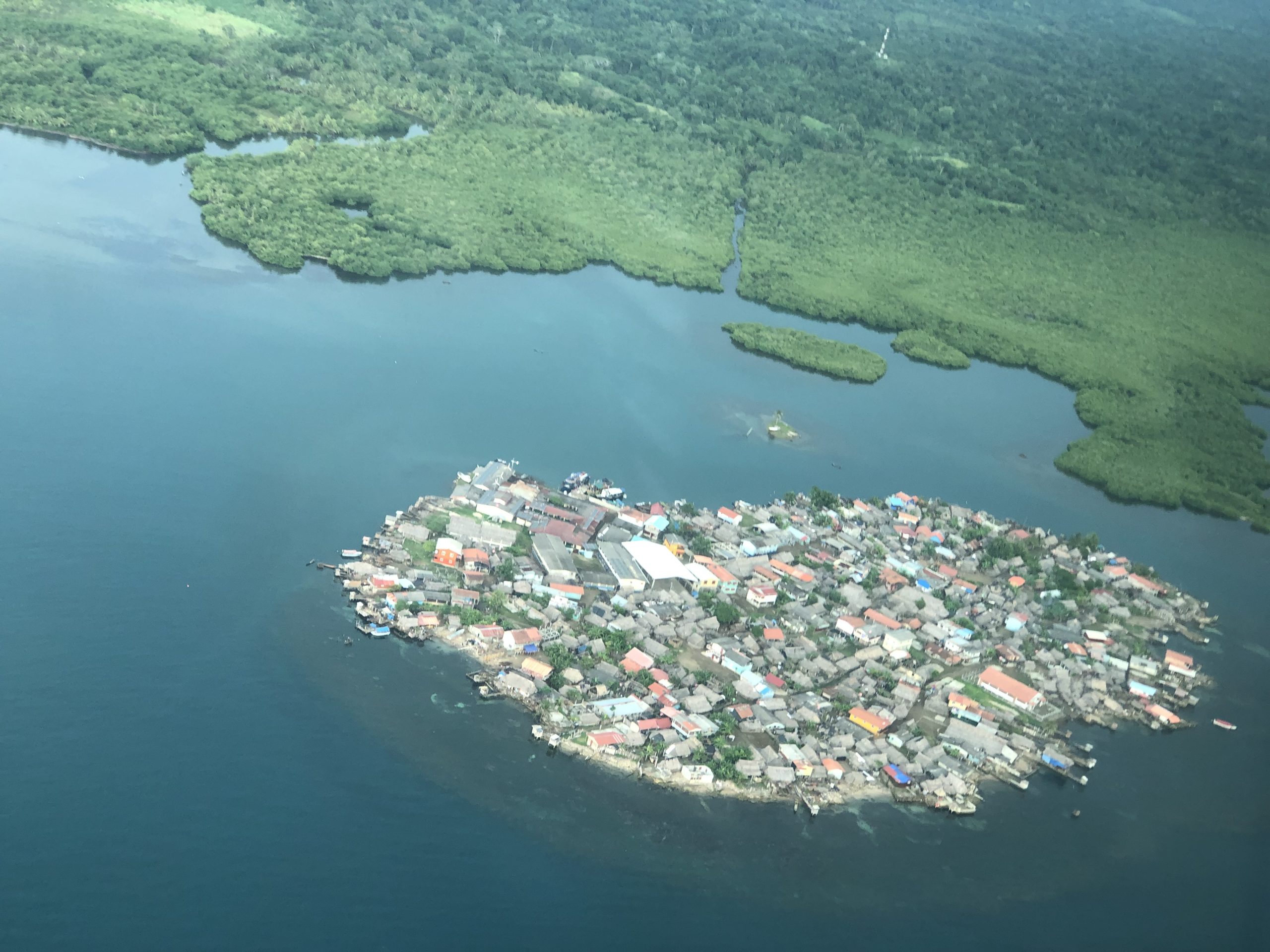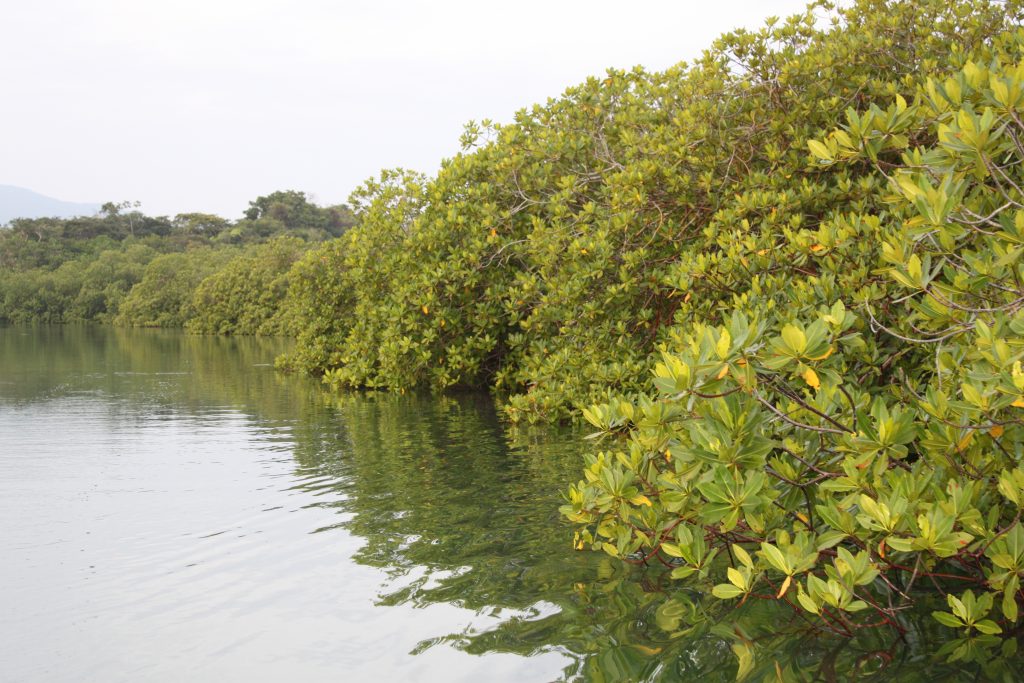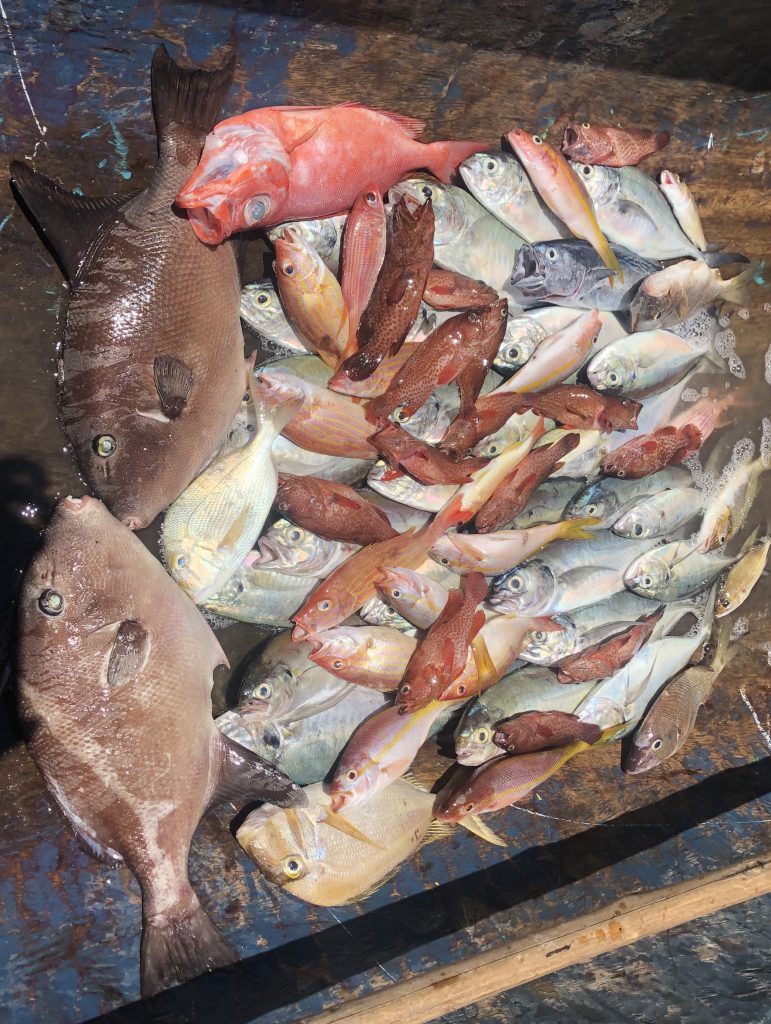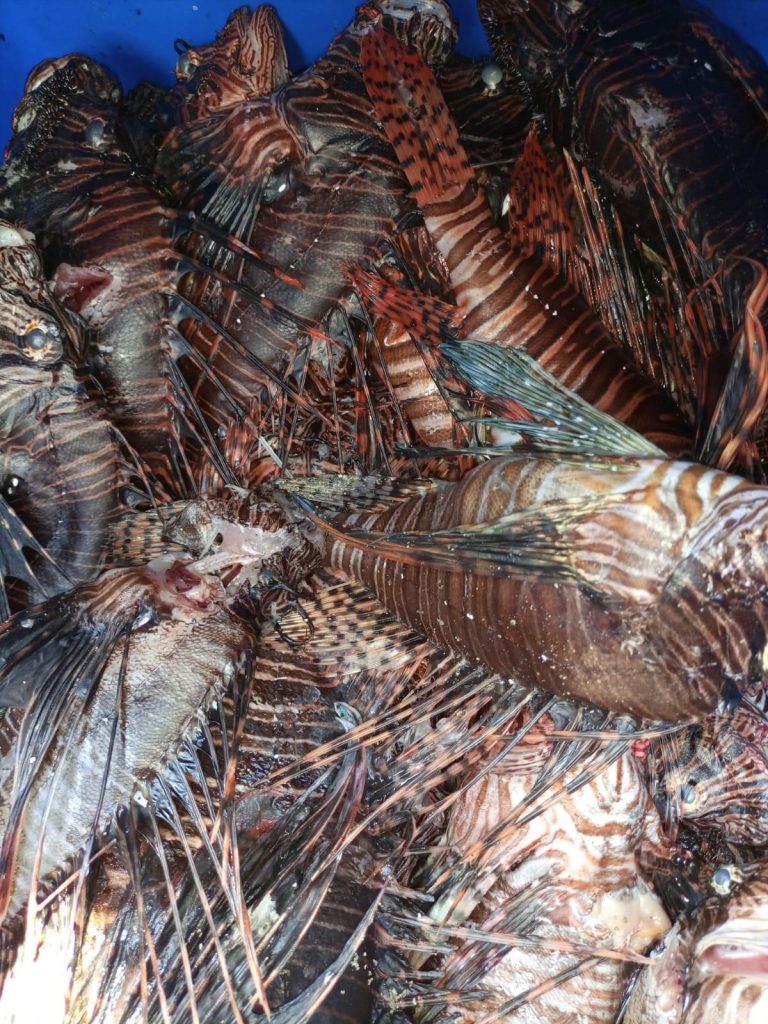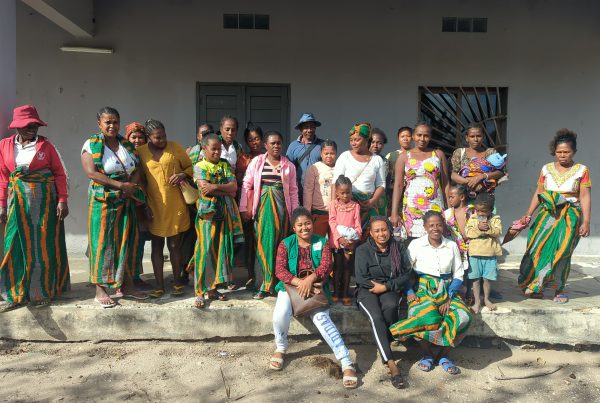The Guna Yala Comarca (hereinafter GC) is an Indigenous territory in the Republic of Panama, east of the country (Andreve Diaz, J. L. 2008). It is characterised by having a special territorial administration granted by the Republic of Panama in the early 1950s, following years of struggle between the inhabitants of the GC and the national police of the Republic of Panama. Since then, the Guna people have managed their marine natural resources according to their visions and management systems, with their authority recognised primarily within the framework of terrestrial territory (forests, crops, wildlife, among others). However, progress in the marine area has been limited. In this regard, the proposal for a Biosphere Comarca gains importance.
Conservation and management measures are not new in the GC. Years ago, the ancestors of the Guna people practised effective and respectful management measures in harmony with the natural environment. However, in recent decades, specific changes have been observed influencing the ancestral conduct of the Guna, weakening their traditional models and affecting their management of natural systems. These new conservation and environmental management models do not fully consider cultural management values, giving more importance to protecting species while rendering invisible the people who inhabit these areas.
Scientific and technical reports and comments from the Guna population confirm and denounce changes, most of which are detrimental to their natural systems and indigenous knowledge. The conservation of these indigenous knowledge systems is one of the primary objectives for maintaining and strengthening the conservation of marine resources.
In response, the Guna people have implemented various measures to conserve marine wildlife through customary rules. These measures include the lobster fishing ban from March to June each year, regulations on the minimum size allowed for capture, and prohibiting the fishing of lobsters carrying eggs. Additionally, they have declared sea turtle nesting sites and celebrated the Turtle Fair in May. They have also banned fishing with oxygen tanks, aiming to conserve marine biodiversity and raise awareness among the inhabitants of the GC.
Responding to the pressures experienced by indigenous and traditional knowledge systems and restoring their vitality is a significant institutional challenge at national and global levels. Traditional and indigenous practices involve a complex mix of components (laws, policies, cultural norms) and the degree to which society or individuals comply with the rules and regulations that govern them.
This assertion is not new, as since the 1980s, Indigenous Peoples have been advocating in meetings and international conferences for the inclusion and recognition of their visions and actions as a fundamental right, especially within the Kunming-Montreal Global Biodiversity Framework of the Convention on Biological Diversity (CBD). For example, during COP 9 (the 9th Conference of the Parties held in Bonn, Germany), through the International Indigenous Forum on Biodiversity (IIFB), Indigenous Peoples succeeded in including the following text calling on parties:
“[…] to integrate the traditional, scientific, technical and technological knowledge of indigenous and local communities, consistent with Article 8(j) of the Convention, and to ensure the integration of social and cultural criteria and other aspects for the identification of marine areas in need of protection as well as the establishment and management of marine protected areas.[1]
There are different marine environmental management systems around the world, particularly in the Caribbean; however, few adequately consider the cultural realities of Indigenous Peoples. They do not correctly address their natural and social dynamics, making creating their environmental management models urgent.
Considering the above, the Guna people are analysing the creation of the Guna Yala Biosphere Comarca, a step towards realising their collective territorial rights. To this end, they base their actions on their right to conserve cultural and natural heritage, a right established in international and national instruments, customary laws (the Fundamental Law and the Statute of the Gunayala Comarca), and Law 72 of 2008.
This last law establishes the legal framework for protecting cultural heritage in Panama. It recognises and protects the cultural rights of Indigenous Peoples, addressing aspects such as the protection of their language, customs, traditions, and forms of artistic expression. Additionally, it establishes mechanisms for participation in managing their cultural heritage. It seeks to ensure their cultural practices are respected and maintained in the face of external influence and modernisation.
This set of laws aims to safeguard the preservation and respect of cultural heritage for future generations.
The Guna people are sure that conserving natural marine and cultural heritage is the foundation for enhancing the population’s capabilities, revaluing environmental culture or ancestral knowledge, and love for Mother Earth. Therefore, the integration and development of biocultural aspects is an urgent task. It is necessary to advance in the formulation and execution of strategies, plans, and comprehensive territorial development programs from within, with a high degree of community participation to foster creativity and social well-being, contributing to the management of the natural and social environment and generating economic income.
However, this action has challenges that need to be considered, some of which are:
- The length of the GC (320 km) and the mode of transportation (marine) are subject to climate changes, in addition to the increase in fuel costs, which could raise internal travel expenses for awareness-raising activities throughout the GC.
- The plan’s implementation aims to ensure the conservation of terrestrial and marine biodiversity, sustainable development, and the preservation of natural ecosystems. It also emphasises the importance of a dedicated management structure to oversee and execute activities. This action will require suitable actors to create a biosphere comarca and direct and effective participation from cultural knowledge keepers.
- On the other hand, climate change represents one of our time’s most urgent and widely recognised environmental challenges. The population (leaders, religious figures, politicians, educators, professionals, youth, and women) must change their attitude toward Mother Earth or revalue environmental culture.
Conclusion
- Indigenous Peoples’ ecosystem management systems are holistic and integrated, based on their knowledge of nature and their customary laws.
- These systems are based on Indigenous Peoples’ knowledge, worldview, customary norms, and cultural and spiritual values, which have proven effective for conserving resources and ecosystems and sustainable use of biodiversity.
- Knowledge and practices have been transmitted from generation to generation for thousands of years, resulting in the conservation of ecosystems through cultural use and management, expressed in their systems, allowing them to conserve biodiversity based on their knowledge.
[1] The decision was adopted by the Conference of the Parties to the Convention on Biological Diversity at its ninth meeting, IX/20. Marine and Coastal Biodiversity.
Aerial view of a densely populated island, San Blas Islands, Kuna Yala, Panama. ©FPCI
Author
- Jorge Luis Andreve Díaz and Onel Masardule, Fundación para la Promoción del Conocimiento Indígena (FPCI).
Ecosystems
- Marine and coastal
Topics
- Knowledge, culture and spirituality
- Conservation and sustainable use
Type
- Short-form
Published in
- Case study part of a publication with RRI and ICCA Consortium, planned for Q2 2025.
- Also included in the third edition of Local Biodiversity Outlooks, scheduled for 2026 (before UN CBD COP-17).
